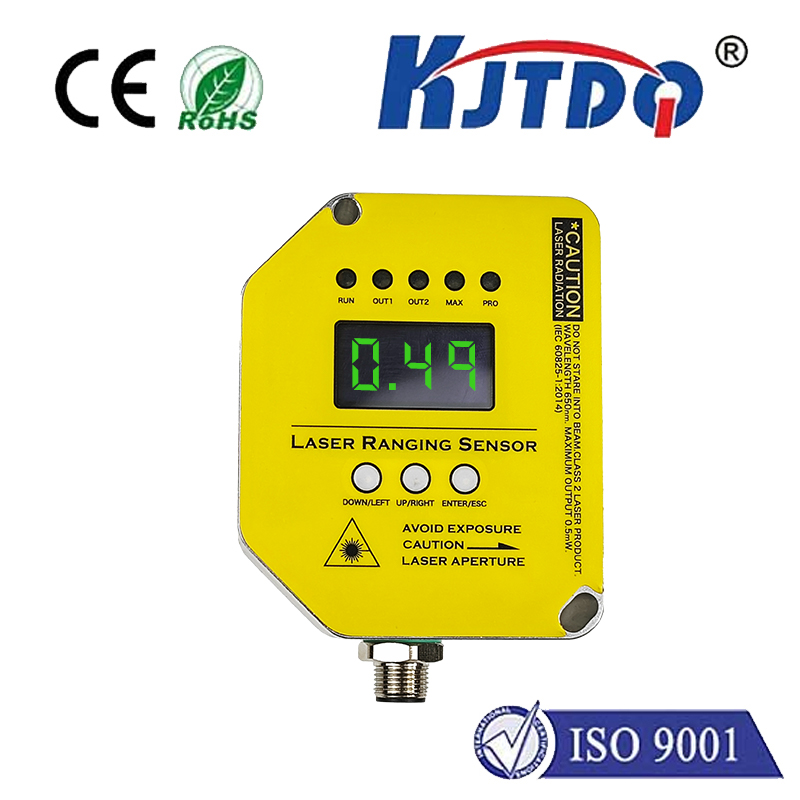

check

check

check

check

check

check

check

check

check

check
Exploring the Proxy Limit Switch: Enhancing Network Security and Efficiency
The concept of a "proxy limit switch" is an intriguing aspect of network security and performance. This article delves into its significance, applications, and how it can enhance the efficiency and security of your internet connection.
What is a Proxy Limit Switch?
To begin with, let's clarify what we mean by a "proxy limit switch." In networking terms, a proxy is a server that acts as an intermediary between a client seeking resources and the server that hosts those resources. A limit switch, on the other hand, refers to a mechanism that controls or restricts the flow of data in a network. Combining these two concepts, a proxy limit switch could be understood as a tool that manages and regulates internet traffic through proxies to ensure optimal security and performance.
Enhancing Network Security

One of the primary functions of a proxy limit switch is to improve network security. By filtering traffic through designated proxies, potentially harmful requests can be blocked before they reach your system. This setup creates an additional layer of defense against cyber threats such as malware, spyware, and phishing attacks—all of which frequently exploit unsecured connections.
Moreover, a proxy limit switch allows for tighter control over outgoing data, preventing sensitive information from being leaked to unauthorized destinations. It also enables administrators to monitor and log network activity more efficiently, making it easier to detect and respond to any suspicious behavior.
Boosting Efficiency and Performance
In addition to improving security, a proxy limit switch can also have a positive impact on network efficiency and performance. By managing the load distribution across multiple proxies, it ensures that no single proxy is overwhelmed with requests, thereby avoiding bottlenecks and reducing latency.
This balanced approach not only speeds up individual connections but also maximizes the overall usage of bandwidth. As a result, users experience faster access to online resources, whether it’s browsing web pages, downloading files, or streaming video content.
Implementation Considerations
Implementing a proxy limit switch requires careful planning. Administrators must determine the appropriate number and type of proxies needed to support their network's size and usage patterns. They must also consider the specific rules and policies governing when and how traffic is routed through these proxies to achieve the desired level of security and performance.
Additionally, regular monitoring and maintenance are critical to ensure that the proxy configuration remains effective and up-to-date with evolving network demands and potential threats.
Conclusion
In conclusion, understanding and leveraging the capabilities of a proxy limit switch can offer significant benefits for both network security and operational efficiency. By acting as a strategic gatekeeper between your systems and the internet, it helps protect against various online risks while ensuring seamless data transfer. As organizations continue to place greater importance on secure connectivity and optimized performance, the role of the proxy limit switch becomes increasingly vital.









